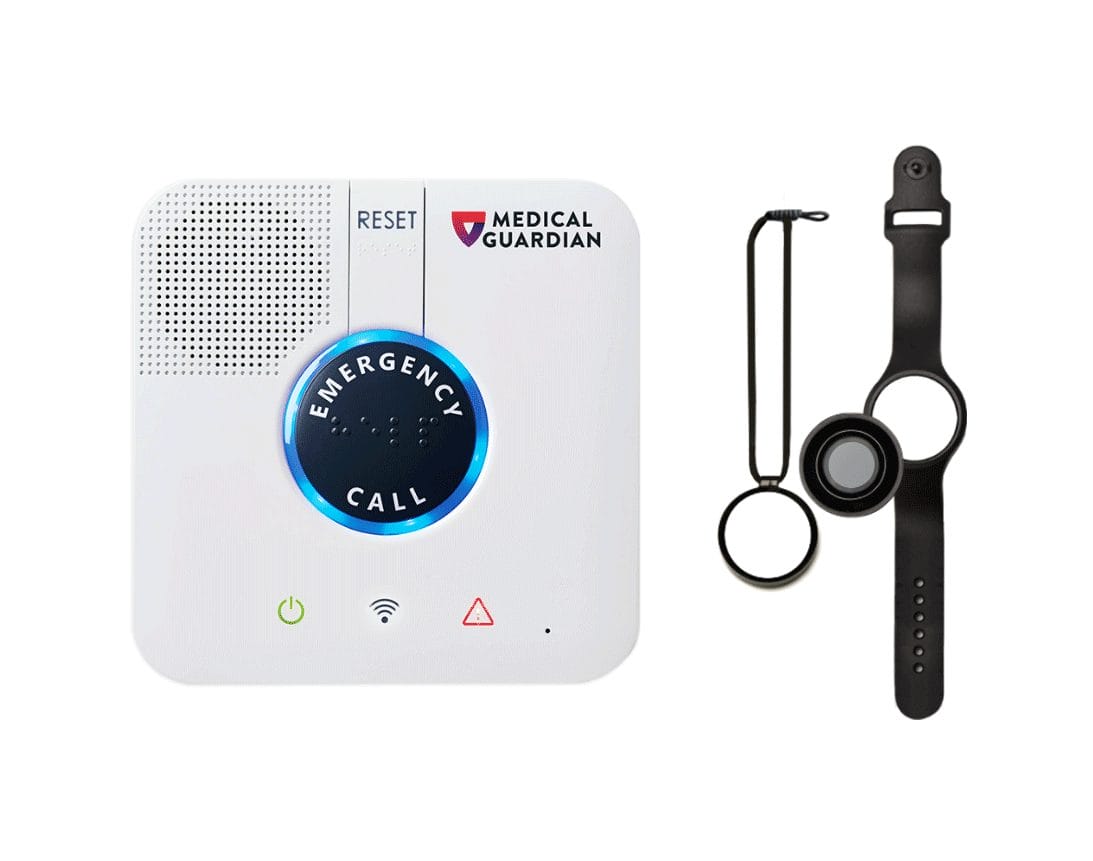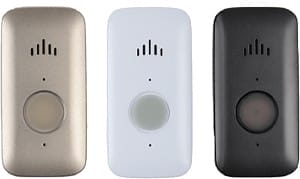[Last updated November 10, 2023]
Caring for an older adult, such as a parent or spouse, can be rewarding — but it can also require significant time and resources. To alleviate some of the financial impacts, there are multiple tax-deductible expenses caregivers should know about. When you take a look at your caregiver expenses, consider the rules we cover here for the 2023 tax season.

Caregiver expenses for tax deductions
When caregivers incur expenses for providing care to a loved one, they may be able to deduct some of those expenses during tax time. Certain types of expenses are not eligible, though, so it’s important to know whether your expenses qualify.
Caregivers of seniors can deduct several itemized expenses related to caregiving. Eligible deductible expenses include:
- •Assisted living and nursing home costs, when incurred for medical reasons.
- •Home health aide costs incurred during respite care.
- •Medical and therapeutic services, including physical and occupational therapy. This includes any copayments or deductibles that have not been reimbursed.
- •Prescribed medication and medical equipment, including hearing aids and walkers.
- •Transportation for medical appointments or services.
Any costs not deemed necessary to the care of the older adult are ineligible and include:
- •Cosmetic surgeries, unless necessary following a disfiguring disease, an accident, or trauma.
- •Nonprescription medication — except insulin — and illegal or non-FDA-approved medications.
- •Other non-care-related expenses, including life insurance policies, funeral costs, or travel recommended by a doctor for respite.
Rules for expenses to be tax deductible
The IRS allows caregivers to deduct medical expenses they cover for their older adult dependents under certain circumstances:
- •The older adult was the caregiver’s dependent at the time the expense was paid. The IRS can consider a taxpayer’s parent a dependent if they are a qualifying relative.
- •The caregiver itemizes their deductions.
- •The amount of expenses they can deduct is more than 7.5% of their adjusted gross income (AGI). The IRS considers gross income to be “wages, dividends, capital gains, business income, retirement distributions,” and other income. The gross income is adjusted when subtracting “educator expenses, student loan interest, alimony payments or contributions to a retirement account.” When a taxpayer tallies qualified medical expenses paid in a tax year, the amount over 7.5% of their AGI can be deducted.
Caregivers who want to deduct expenses should ensure they pay for care from an eligible account. Medical expenses paid for from flexible spending accounts (FSAs) and health savings accounts (HSAs) are not deductible because you have not paid taxes on the money in those accounts.
FSAs and HSAs pull from pretax earnings and deposit the funds into a medical savings plan. These funds can be used for out-of-pocket health care costs for individuals and their dependents. It’s important to know that if a caregiver uses an FSA or HSA to pay for a given expense, they cannot also deduct that expense from their taxes.
Tax credits for caregivers of older adults
Caregivers may also qualify for tax credits if they meet the requirements. These tax credits can help ease the financial burden of providing care for a loved one. Here are the types of tax credits and how a taxpayer qualifies for them.
Types of tax credits
Two major federal tax credits are available to taxpaying caregivers of older adults: the child and dependent care credit and the credit for other dependents.
The child and dependent care credit is a refundable tax credit based on caregiving costs. These costs may include home care, adult day care programs, and other expenses allowing the taxpayer to work or actively seek work. Family caregivers can claim up to $3,000 in caregiving costs for a qualifying dependent.
The credit for other dependents is a nonrefundable tax credit of up to $500 for qualifying dependents, including older parents or relatives. This credit begins to phase out for single taxpayers earning over $200,000 or married couples filing jointly earning over $400,000.
Rules and regulations to earn a tax credit
To qualify for the child and dependent care credit, the following requirements must be met:
- •Need for care: The older adult is not capable of self-care.
- •Cohabitation: The older adult has lived with the caregiver for at least six months during the tax year.
- •Dependence of the older adult: The older adult is the taxpayer’s dependent or would have been if not for their maximum gross income amount and/or a joint filing with a spouse.
- •Necessity of care for employment: The taxpayer pays an outside care provider that enables the taxpayer to work or actively seek work.
- •Spousal qualifications: If married, the taxpayer’s spouse is also employed, a student, or disabled — in other words, they cannot provide care while the taxpayer is working.
For those seeking the credit for other dependents, the following requirements must be met:
- •Dependence of the older adult: The older adult lives with the taxpayer, who pays over 50% of the individual’s living expenses.
- •Income: The older adult’s gross income does not exceed the cutoff amount in a given tax year.
- •Legal residency: The older adult is a U.S. citizen, national, or legal resident with a valid identification number.
- •Living arrangements: If the older adult is a parent or relative, they have lived with the taxpayer for over six months. If the older adult is not a relative, they have lived with the taxpayer for the entire tax year.
- •Spousal status: If the older adult is married, they did not file a joint return with their spouse.
- •Non-dependence of the taxpayer: The taxpayer looking to claim a dependent is not a dependent of anyone else.
Caregivers who are unsure whether they can claim an older adult as a dependent should speak with a trusted tax professional. They also can use an IRS interactive tool to determine eligibility.
Family caregivers and employment taxes
In addition to tax deductions and credits, special tax rules for family caregivers apply. Caregivers are typically considered employees of the individual for whom they provide services. If the caregiving employee is a family member, the employer may not need to pay employment taxes; however, the employer must still report any caregiver compensation.
In some cases, family member caregivers are classified as independent contractors or self-employed rather than employees of the older adult. Generally, family caregivers will not owe self-employment tax as long as they are not providing services as part of an adult day care or other caregiving business.
Before a caregiver decides to deduct expenses on their tax return, they should always consult their trusted tax professional for guidance on complying with tax laws.








